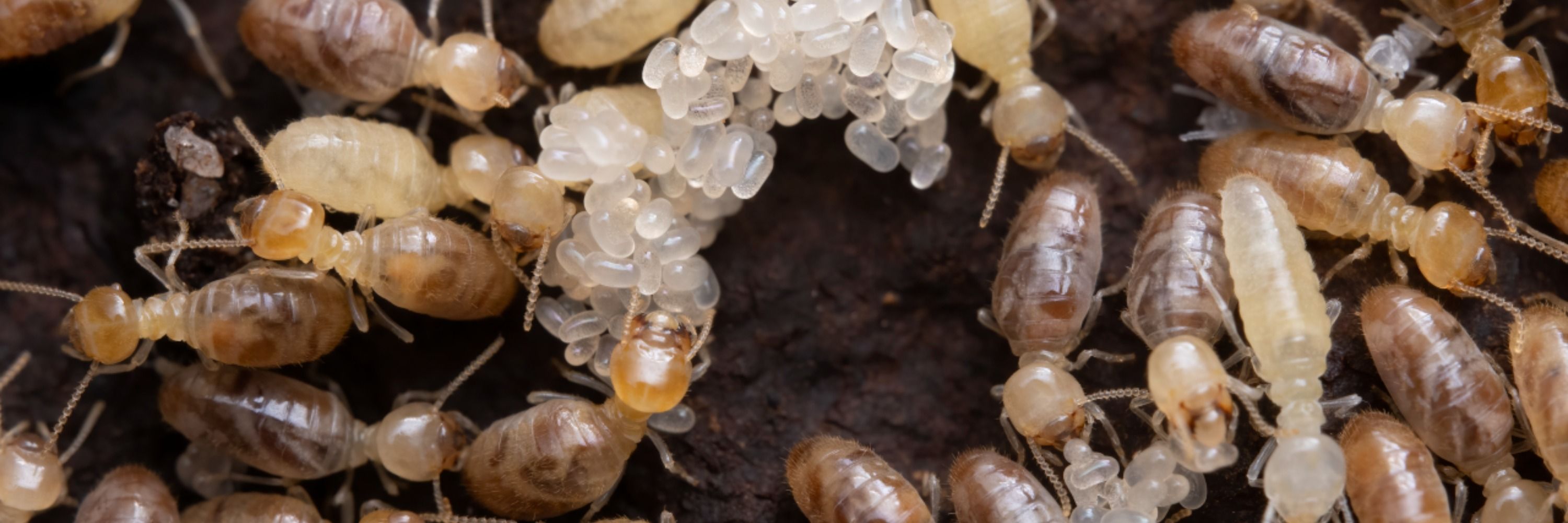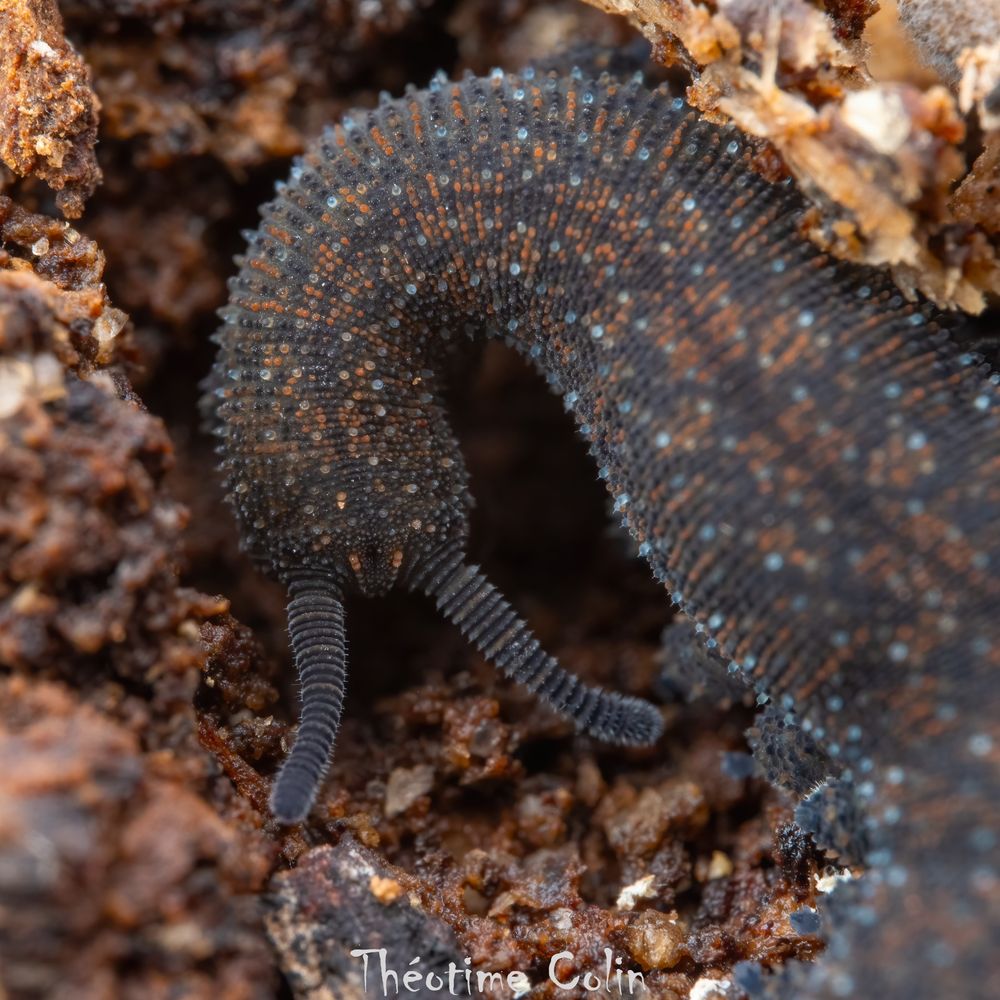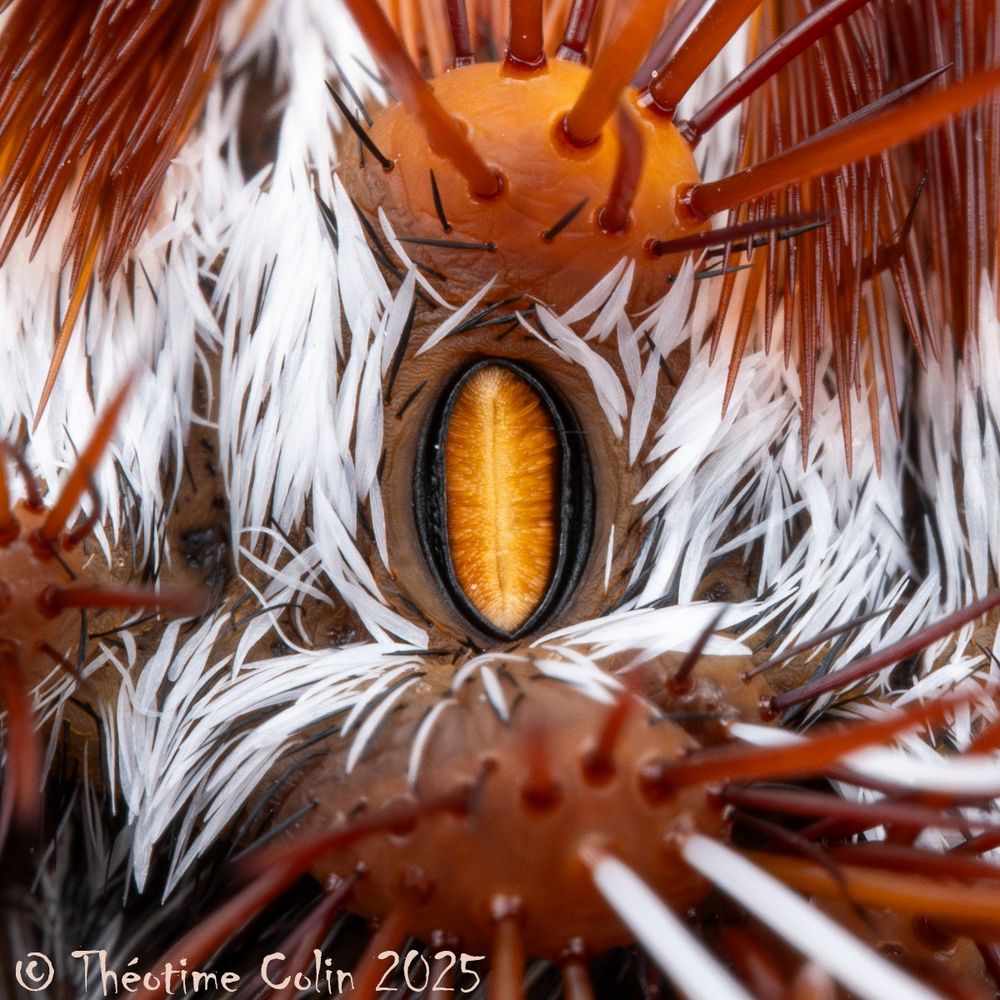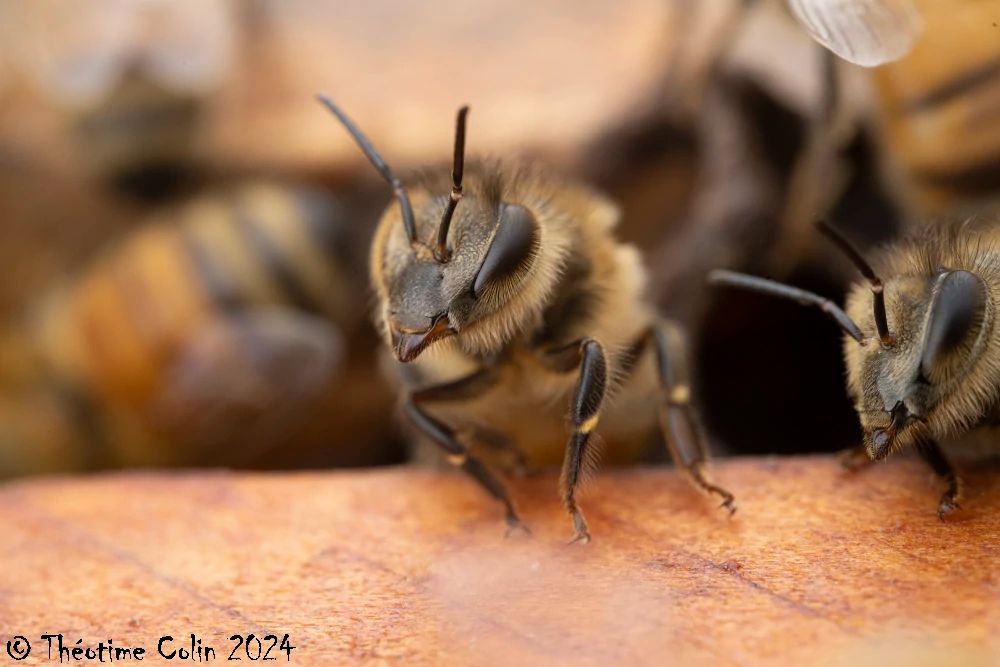
#honeybee #beeresearch #science #sensors #ecology
www.sciencedirect.com/science/arti...

#honeybee #beeresearch #science #sensors #ecology
www.sciencedirect.com/science/arti...
#bee #honeybees #varroa #australia #agriculture
theconversation.com/australian-h...

#bee #honeybees #varroa #australia #agriculture
theconversation.com/australian-h...
#ants #myrmecology non #armyants #fourmis #science


#ants #myrmecology non #armyants #fourmis #science
#ants #fourmis #myrmecology #entomology



#ants #fourmis #myrmecology #entomology




#ants #fourmis #myrmecology #nature #wildlife




#ants #fourmis #myrmecology #nature #wildlife
#weevils #entomology #nature #bugs #macro




#weevils #entomology #nature #bugs #macro
V different approach reveals numerous problems in Scientific Reports - cf deevybee.blogspot.com/2024/10/an-o...
I do hope @springernature.bsky.social will start to publish reviewer reports and editor info as we suggested
V different approach reveals numerous problems in Scientific Reports - cf deevybee.blogspot.com/2024/10/an-o...
I do hope @springernature.bsky.social will start to publish reviewer reports and editor info as we suggested
#ants #macro #macrophotography #myrmecology #insects



#ants #macro #macrophotography #myrmecology #insects
Took close-ups of the scales on the wings and moved the moth to a darker place.
#moth #lepidoptera #macro #macrophotography #science #nature #entomology #insects #bugs




Took close-ups of the scales on the wings and moved the moth to a darker place.
#moth #lepidoptera #macro #macrophotography #science #nature #entomology #insects #bugs
#macro #nature #science #macrophotography #lepidoptera #entomology #insects #bugs




#macro #nature #science #macrophotography #lepidoptera #entomology #insects #bugs
#pollination #insects #bugs #photography #science #pollen


#pollination #insects #bugs #photography #science #pollen
#bee #beekeeping #entomology #science #apiculture #macro #photography

#bee #beekeeping #entomology #science #apiculture #macro #photography
There are barely any photos of this group, they are so small and hard to photograph.
#myrmecology #entomology #antsofaustralia #ant #macro #macrophotography

There are barely any photos of this group, they are so small and hard to photograph.
#myrmecology #entomology #antsofaustralia #ant #macro #macrophotography
Feel free to share: www.socialinsect-research.com/opportunitie...


Feel free to share: www.socialinsect-research.com/opportunitie...
go.bsky.app/8d9RtMC
go.bsky.app/8d9RtMC
a robber fly that that is a predator of bees and wasp, so cool!
www.inaturalist.org/observations...

a robber fly that that is a predator of bees and wasp, so cool!
www.inaturalist.org/observations...
I am a honeybee researcher, interested in how colonies maintain nest homeostasis and in improving bee health. I have a background in ecology & entomology and have worked on invasive ants before switching to bees.
In my spare time, I take bug pics, these are my bees:

I am a honeybee researcher, interested in how colonies maintain nest homeostasis and in improving bee health. I have a background in ecology & entomology and have worked on invasive ants before switching to bees.
In my spare time, I take bug pics, these are my bees:
#myrmecology #macro #entomology #insects


#myrmecology #macro #entomology #insects
link.springer.com/article/10.1...
#beekeeping #science #research #apidologie

link.springer.com/article/10.1...
#beekeeping #science #research #apidologie
onlinelibrary.wiley.com/doi/10.1111/...
#bee #honeybee #pollination #science #research
onlinelibrary.wiley.com/doi/10.1111/...
#bee #honeybee #pollination #science #research





